Up Next

Racing Point has courted controversy and bold statements throughout 2020 because of the design of its car and its performance on-track since the season finally started.
Being labelled a “podium contender if not a race-winning contender going forward” and a team that Mercedes will find “a hard nut to crack on some circuits” is among the strongest proclamations.
Racing Point locked out the second row of the grid in Hungarian Grand Prix qualifying, a second off Mercedes’ pace but as its nearest challenger given the struggles of Ferrari and, surprisingly, Red Bull.
That prompted Mercedes boss Toto Wolff to say: “I am happy for Racing Point because we were hearing in the past years that the smaller teams on the smaller budgets were not able to compete at the front and here we go.
“Somebody with a vision and with an idea of where to prioritise has managed to really make the jump from the midfield into the top teams.
“The Racing Point is a podium contender if not a race-winning contender going forward.
“And it proves that with the right leadership, the right decision-making process, and the right funding, you can actually accelerate your development curve.”
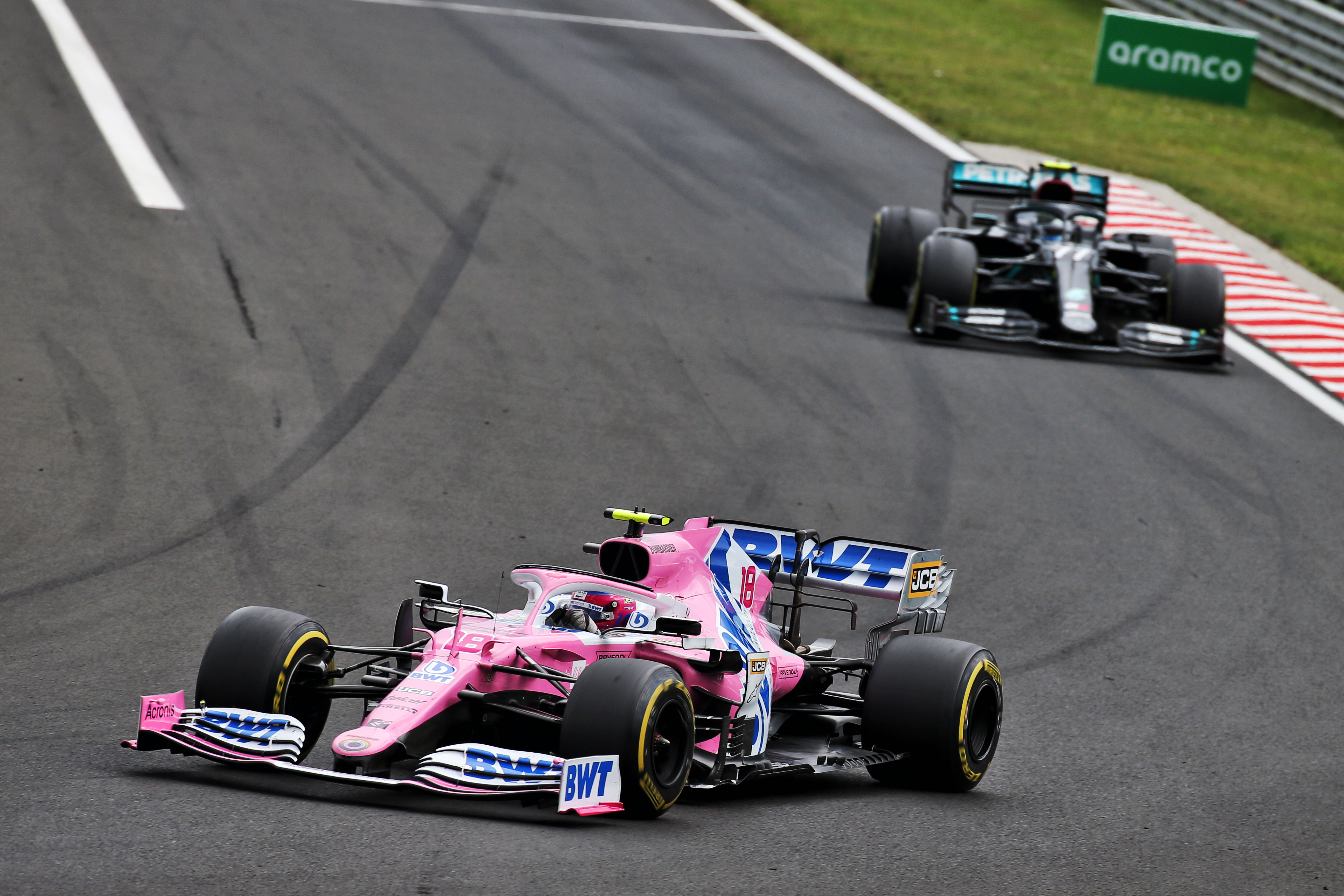
It’s perhaps no surprise to hear Wolff be complimentary about a team co-owned by a man he has a good relationship with in Lawrence Stroll, or a team that uses Mercedes engines, or a team that has openly tried to replicate Mercedes’ 2019 aerodynamic design on its 2020 car.
In many ways, to compliment something about Racing Point is to compliment Wolff’s allies and his own team.
“They are faster in some corners than we are” :: Toto Wolff
But he is right to highlight the level to which Racing Point has risen in such a short space of time because it is considerably higher than the team had previously been able to reach.
There is a wider debate about F1’s philosophy to have there, in the context of an impending cost cap and restrictive regulations, about whether supplier/customer relationships should be allowed when spending power is about to be reduced.
But focusing on the present, and Racing Point’s prospects, improving on being a midfield team isn’t enough to suddenly start troubling a six-time world champion team.
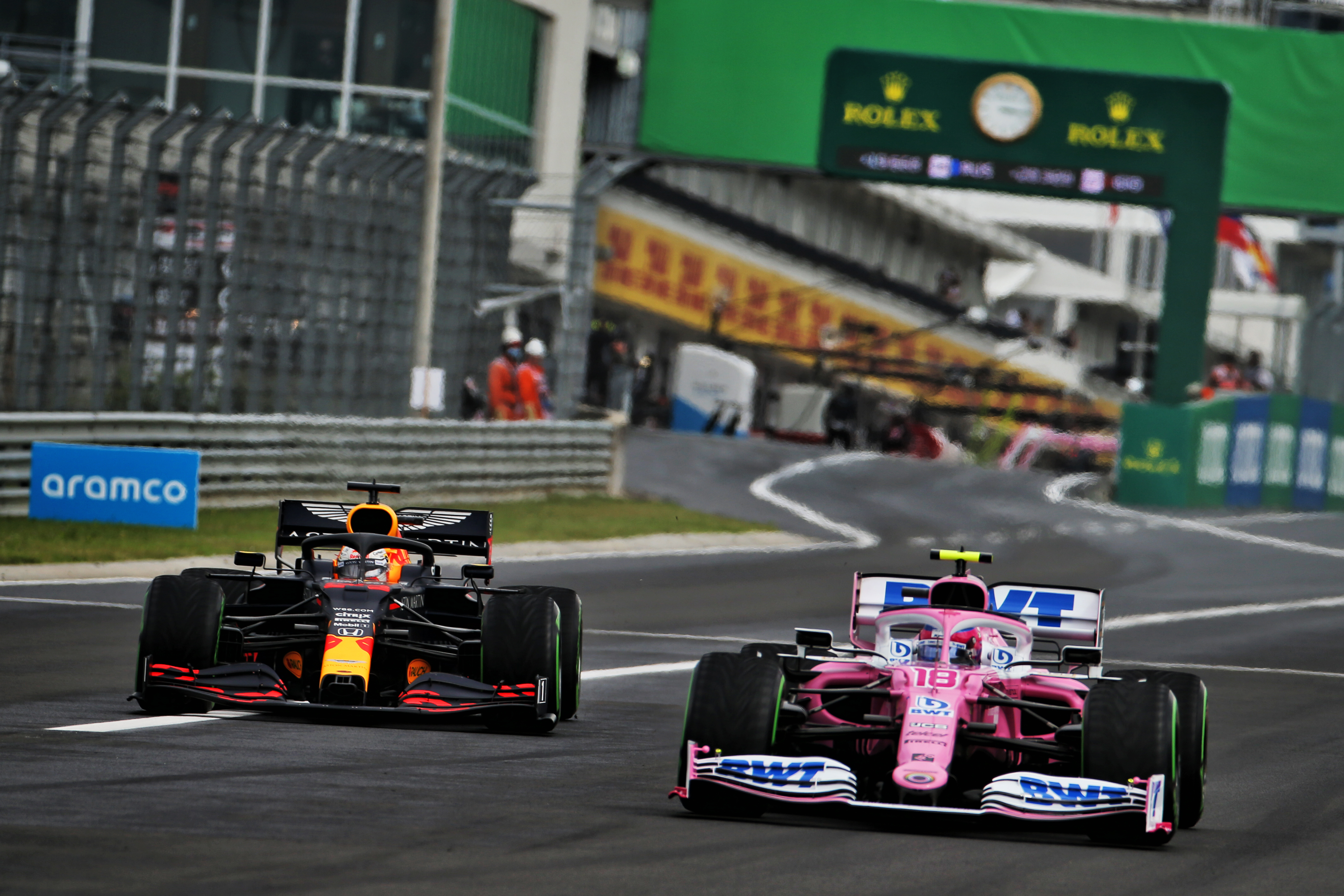
Max Verstappen certainly doesn’t think so. The Red Bull driver reckons “if you copy, you’ll always be behind”, so does not think Racing Point could ever fight Mercedes for a title.
Fighting for podiums, maybe even a pole position or two and a victory, though? That’s not such an outlandish thought. At least not in the medium- or long-term.
“Racing Point is right up there, they are faster in some corners than we are,” claimed Wolff after qualifying in Hungary.
“It’s a good challenge to see that and I have no doubt the Racing Point will be a hard nut to crack on some of the circuits for us as well.”
Without GPS data to hand we have to give Wolff the benefit of the doubt regarding Racing Point’s cornering performance at the Hungaroring. And the 2020 season provides such a limited sample set of data that it is difficult to gauge Racing Point’s true performance peak.
We can say with relative confidence we’ve seen the best of the Mercedes given it has scored pole and victory in all three races, in different conditions.
Racing Point has been more erratic, but Budapest was a very good indicator of its true potential after two slightly underwhelming weekends in Austria.
And even if having the speed to be on the second row in Hungary is its peak, then poles aren’t in the offing this year.
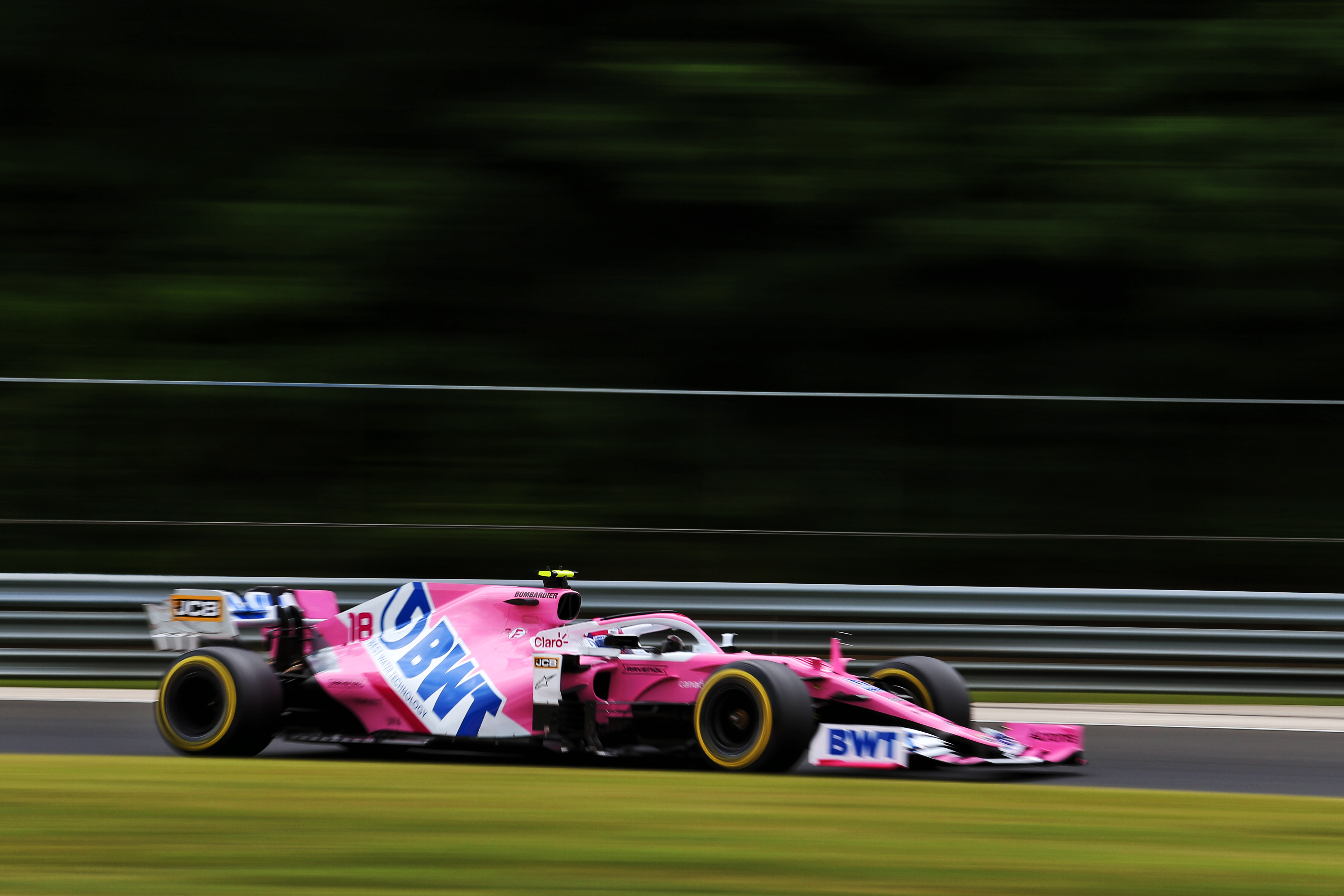
The strongest Mercedes engine mode is clearly a potent weapon in qualifying and the works team’s W11 is a very effective machine. Being closest to Mercedes in Hungary still meant being around a second off the pace. And it came on a weekend Red Bull was mysteriously off the boil on a track it should have been well-suited to.
Red Bull was Mercedes’ nearest challenger and only a few tenths off at the Red Bull Ring. Verstappen was suddenly slower than the underwhelming Ferrari team at the Hungaroring.
“It was the best we could have done here, but for future races I think there is potential to do it better” :: Otmar Szafnauer
In reality, Racing Point’s in a battle to be second-best on its strongest days. And that’s still a very fine achievement, and testament to all the things Wolff believes are positive about the soon-to-be Aston Martin works team.
But it’s probably also why Racing Point team boss Otmar Szafnauer wasn’t quite as convinced as Wolff about what’s in the team’s grasp.
“I hope Toto’s right that we can be potential winners,” he said.
“I’m sure there are elements of our car when compared to others where you can say ‘oh we’re a little bit better here’ or ‘we’re a little bit worse there’, and I think we have got to remember, it’s not all about just one or two corners, it’s the entire lap.
“And when you looked at the entire lap, they were about a second quicker than we were in qualifying.
“So that’s very flattering. I hope he’s right. But I still think we’ve got work to do if we’re hoping to win some races.”
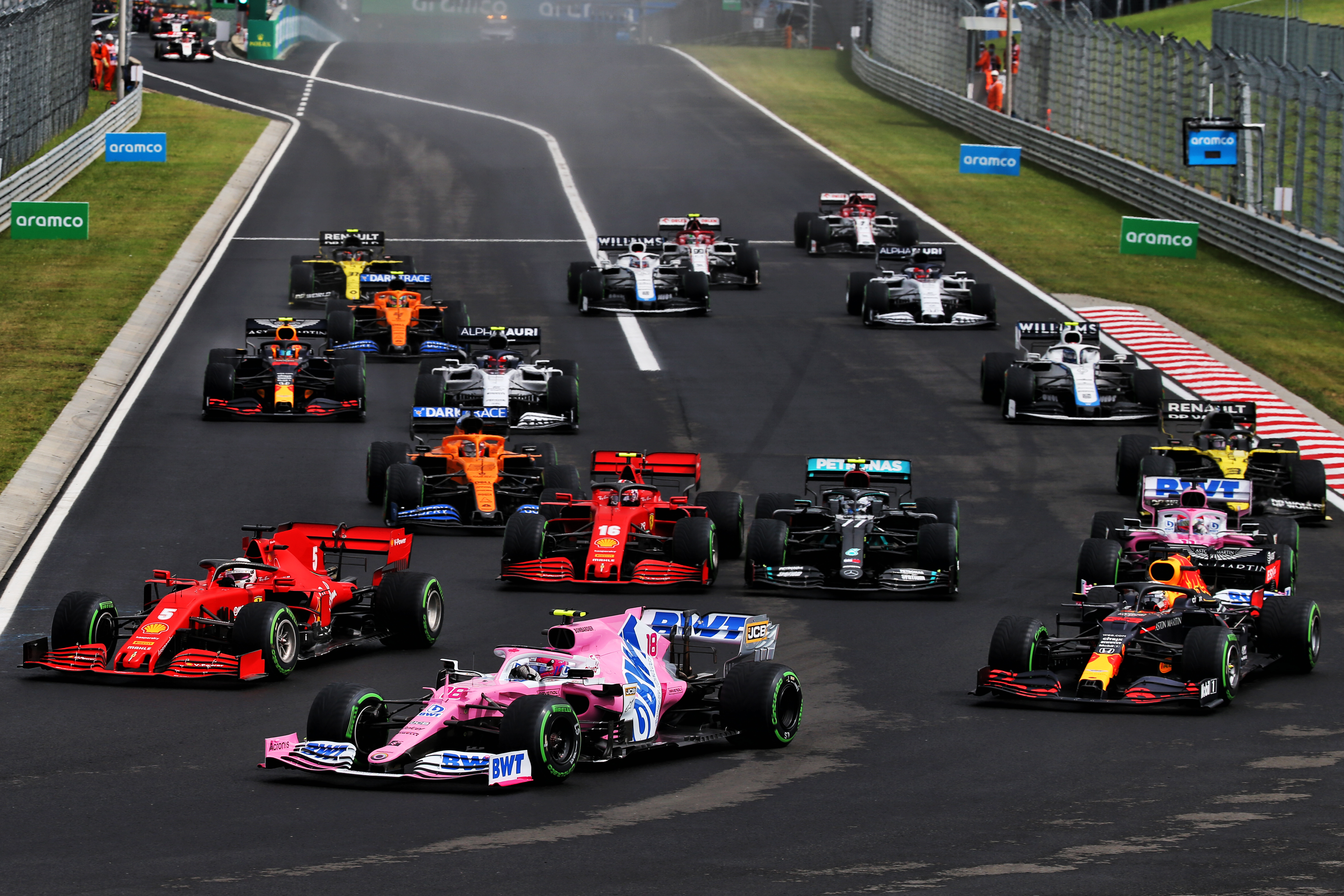
And never mind winning races, there’s work to do to score podiums. After Lance Stroll turned third on the grid to fourth in the race, despite Verstappen crashing on his way to the grid during the build-up and a bad getaway from the second Mercedes of Valtteri Bottas, Szafnauer joked that “had Max hit the wall just a little bit harder, I think third would have been possible”.
He then, more seriously, suggested “it was the best we could have done here, but for future races I think there is potential to do it better”. And he’s both wrong and right.
Sergio Perez’s poor start dropped him from fourth on the grid into the fight for the lesser points, while Stroll lost out to Verstappen in the early round of pitstops from intermediate tyres to slicks, then gave away an enormous amount of time in traffic.
This just seven days after both cars charged from the back two rows of the grid in Austria to challenge for top-six positions, in a display that should have netted Perez fourth (ahead of a Red Bull on merit) and prompted Red Bull boss Christian Horner to say every team should be worried about Racing Point’s potential, as Perez had lapped faster than the Mercedes at times during the race.
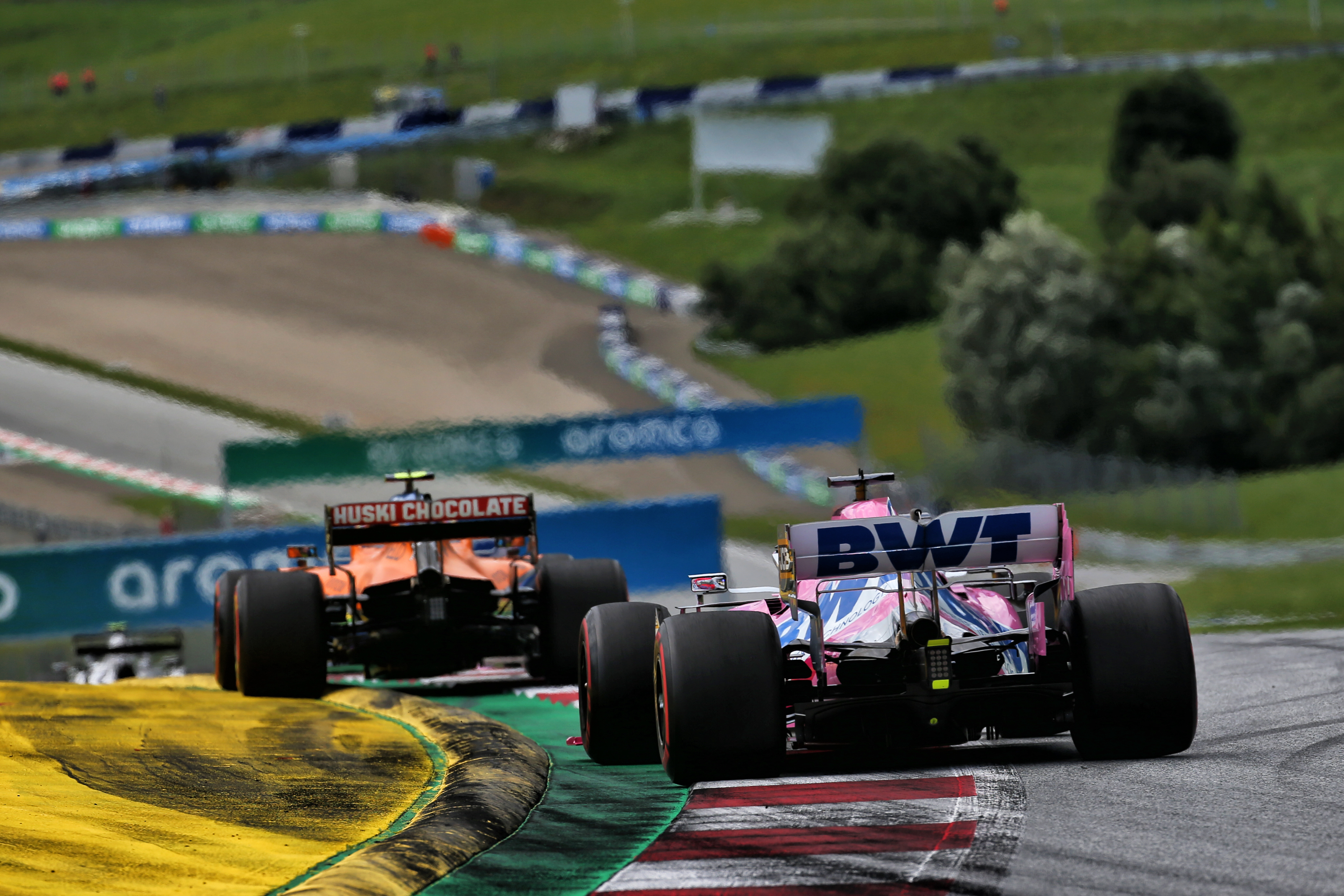
That explosive pace wasn’t as evident in Hungary. So there is some consistency to be found there if the Racing Points are going to captalise on what are bound to be some very impressive Saturday performances against their non-Mercedes opposition.
“I think we definitely optimised Friday and Saturday and I think there are things in hindsight maybe you could have done a little bit better,” Szafnauer said of the team’s Hungaroring race.
“Sergio definitely didn’t optimise his race, Lance finishing fourth and Sergio seventh and that was mainly due to a poor start, so we could have done better for sure, it wasn’t optimal.
“We’re getting closer!”
Whatever question mark remains over the Racing Point’s ultimate potential, there is room to improve in maximising it.
While Hamilton was able to stop and rejoin without traffic, cracking on without concern, Stroll had fallen more than six seconds behind by the time they pitted at the end of lap three.
That gap was significant because it meant Stroll rejoined behind one Haas already on softs and an Alfa Romeo yet to pit, then got overtaken by the second Haas of Romain Grosjean.
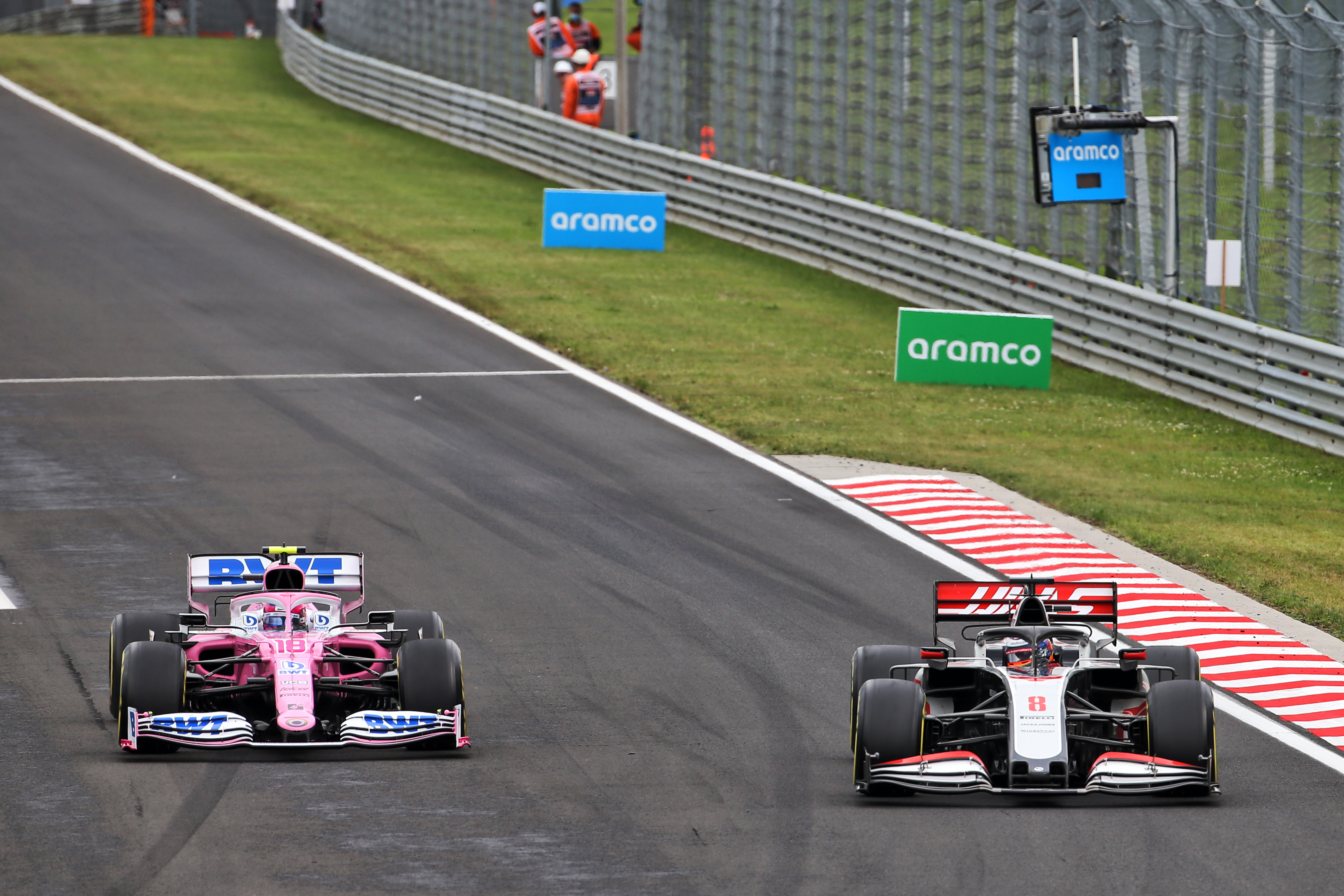
Verstappen’s in-lap was three seconds faster than Stroll’s and almost identical to Hamilton’s. Pitting later meant he rejoined with a faster circuit too, so his out-lap was much quicker. He went from being tucked up behind Stroll to seven seconds clear in three laps.
That wasn’t just clear air, it was Red Bull picking a more opportune moment to pit. Any argument for pitting as early as Hamilton did could only be rooted in confidence of good track position on the exit. In hindsight, Racing Point made the call. But Stroll was not perfect thereafter either, as he laboured in clearing the Haas cars. By the time he’d done that, he was 15 seconds behind Verstappen.
The combination of a pitstop that released him into traffic and an attempt to clear that traffic that was not very effective completely eliminated Stroll from podium contention.
This kind of race management will hurt Racing Point’s prospects of big results if it is not addressed, and given the team – and both drivers, to be fair – have a good record of being opportunistic they should be sharper.
The pitwall could have cost the team a better result in Austria, too, as Perez was originally told to box with his damaged front wing on the penultimate lap of the Styrian Grand Prix but stayed out and banked a sixth-place finish as a result.
Even though it seems very unlikely that a Racing Point will challenge for victory this season without some assistance, being sharper will make the difference between a podium on the team’s good days and a top-six finish – or between a top-six finish and a couple of points.
In summary, it is what will determine whether Racing Point carves out a real place between the top two teams and the midfield, or ends up theoretically faster than just another ‘Class B’ contender but never realises that consistently.
The suggestion Perez or Stroll may make life difficult for Mercedes at times this season is an overstatement, at least in normal circumstances. But they might make Hamilton or Bottas look over their shoulder, or be in their peripheral vision, on occasion.
That alone will give the team very strong opportunities, and it needs to be ready to take them.






